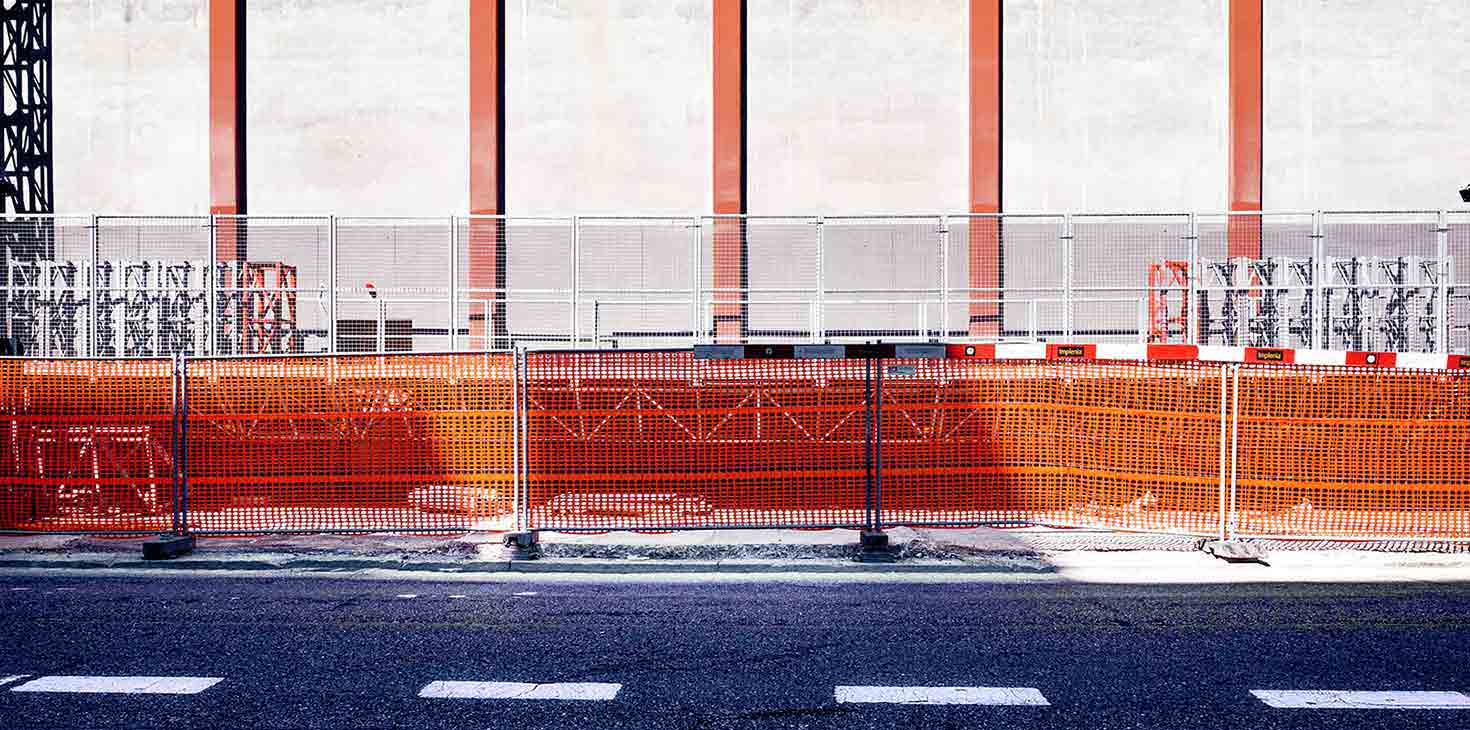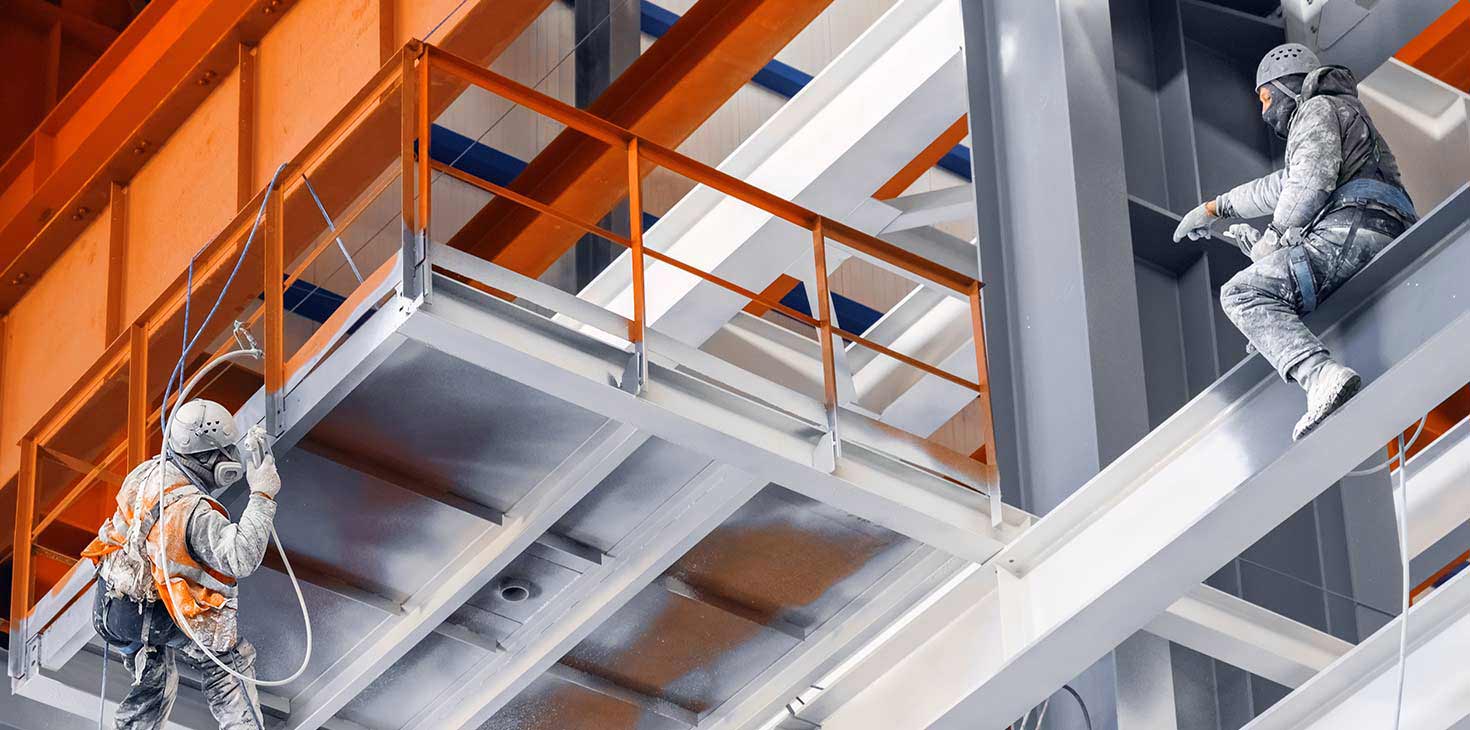Geofoam
Expanded polystyrene (EPS) Geofoam has been used as a geotechnical material since the 1960s. EPS Geofoam is approximately 1% the weight of soil and less than 10% the weight of other lightweight fill alternatives. As a lightweight fill, EPS Geofoam reduces the loads imposed on adjacent and underlying soils and structures. EPS Geofoam is not a general soil fill replacement material but is intended to solve engineering challenges. The use of EPS typically translates into benefits to construction schedules and lowers the overall cost of construction because it is easy to handle during construction, often without the need for special equipment, and is unaffected by occurring weather conditions. In addition, EPS Geofoam can be easily cut and shaped on a project site, which further reduces jobsite challenges. It is available in numerous material types that can be chosen by the designer for a specific application. Its service life is comparable to other construction materials and it will retain its physical properties under engineered conditions of use.
ASTM International provides a specification for the minimum properties of EPS Geofoam. The relevant ASTM specification for EPS Geofoam is ASTM D6817 Standard Specification for Rigid Cellular Polystyrene Geofoam. Other ASTM standards are D7180 Standard Guide for the Use of EPS Geofoam in Geotechnical Projects and D7557 Standard Practice for Sampling of EPS Geofoam Specimens. Thorough knowledge and understanding of the standard being used on a EPS Geofoam project is essential.
EPS Geofoam maximizes onsite installation efficiency: material arrives ready to place, no weather delays, material can be prefabricated or cut at the jobsite, no staging required, material can be inventoried, production efficiency improved, and it is easy to handle.



Design Considerations
There are numerous design considerations for EPS geofoam applications. These considerations include engineering properties and construction factors. This section presents some of the advantages and unique features of building with EPS geofoam, as well as precautions that must be followed.
Lightweight
EPS Geofoam is manufactured in various unit weights that typically range from about 0.7 to 2.85 pounds per cubic foot (11.2 to 45.7 kilograms per cubic meter). As a result, they impart small dead load or stress to underlying soils, structures and utilities. This is especially advantageous where the existing soils are poorly suited to support additional loading (e.g., compressible clay, peats, etc.). In fact, existing loads can be significantly reduced by excavating and replacing native soils, which commonly weigh about 100 pounds per cubic foot (1,602 kilograms per cubic meter), with EPS Geofoam. This can eliminate the need for specialized foundations or site preloading to reduce settlement and improve bearing capacity. The use of EPS Geofoam over existing utilities can eliminate the need for utility relocation. The use of EPS Geofoam behind earth retaining structures, such as bridge abutments, can reduce lateral stresses.
Strength
EPS Geofoam is available in a range of compressive resistances. A project designer can choose the specific type of EPS required to support the design loading while minimizing cost. Several different types of EPS Geofoam can be specified on a single project to maximize savings. For example, higher strength EPS Geofoam can be used in high applied stress areas while lower strength blocks are used in areas where the applied stresses are lower. EPS Geofoam design loads are recommended to not exceed the compressive resistance at 1% capacity. This limit controls the amount of long-term deflection, or creep, resulting from permanent sustained loads.
Ease of Handling
No special equipment is required when building with EPS Geofoam. Blocks can often be carried and set in place by laborer or easily handled with mechanized equipment. This is an important consideration when the construction site is congested or does not have the clearances required for traditional placement or compaction equipment. EPS Geofoam can be field cut using a hot-wire cutter, hand saw or chain saw. The EPS Geofoam can be trimmed on site to accommodate the shapes of existing underground utilities and services.
Construction Time
EPS Geofoam helps projects maintain extremely tight construction schedules. The ease and speed with which EPS Geofoam can be constructed results in shorter construction time because of faster placement rates, reduced utility relocation and less disruption of traffic in urban areas. Additionally, adverse weather conditions typically do not affect placement rates of EPS Geofoam.
Construction Cost
In addition to other project costs, using EPS Geofoam reduces the loading on adjacent supporting structures. Adjacent structures can be designed to be less robust and therefore less expensive. This is particularly important for underground utilities. Typically the higher cost of some types of lightweight fill materials is usually offset by savings when all of the project costs are considered, such as lower installation costs and lower maintenance. Available in a range of compressive resistances, EPS Geofoam allows for economical project design.
Stability
EPS Geofoam is considered a permanent material when correctly specified and installed. EPS Geofoam won't rot or decompose over time or leach into the ground. Since it is resistant to moisture and environmental damage, including insect infestation, it's performance won't be diminished over its long lifespan of approximately 100 years.
Insulation
EPS is an efficient thermal insulator. EPS has been used for many years as insulation for various building applications. Although some applications may not directly utilize the insulation value of EPS Geofoam, this aspect should be considered in all designs.
Protection
Chemical Exposure
EPS Geofoam can be damaged when exposed to certain hydrocarbon chemical and may need protection. Load Distribution Slab is placed to protect the EPS Geofoam on chemical Exposure.
Fire
Like many construction materials, EPS Geofoam is combustible but it is manufactured with flame retardant. This retardant inhibits the early stages of fire development. Appropriate precautions should be implemented at project sites if open flame procedures, such as welding, will be performed. In geotechnical finished applications EPS Geofoam is protected from exposure by soil, concreate or other cover materials. When used within buildings, gypsum board or concreate should be used for protection.
UV Light
EPS is susceptible to ultra violet degradation if exposed to sunlight for long periods of time. Degradation cased by prolonged exposure to sunlight is generally surficial (yellow colored dust) and does not cause detrimental property changes of practical importance. This discoloring can be removed by power washing or a grinder, if desired.
Wind
Wind speeds should be monitored during construction to determine if overburden weight restraints such as sandbags should be placed on top of EPS Geofoam to prevent the blocks from shifting.
Buoyancy
Care must be taken during design, construction and post-construction to ensure that the potential flotation forces are accounted for within the hydrological conditions of the site. Adequate surcharge, i.e., soil or pavement cover, or an alternate means of passive restraint must be provided against uplift. Alternately, the material can be installed above the water table or the water table can be lowered using suitable drains or other dewatering systems. Drainage (generally a sand or gravel layer) can be provided between the EPS Geofoam fill and the natural soils to reduce potential uplift forces. Providing for adequate drainage of groundwater and/or surficial water below the EPS Geofoam prevents water from infiltration and reduces the development of uplift forces.
Water Absorption
EPS has a closed-cell structure that limit water absorption. When used in well-drained conditions, no change in EPS Geofoam can be expected over time due to water absorption if installed in a submerged application.
Sustainability
EPS Geofoam can be reground, recycled and reused in many composite applications such as lightweight concrete, plastic lumber, weather resistant outdoor decks, fencing, drain field aggregate, etc.









